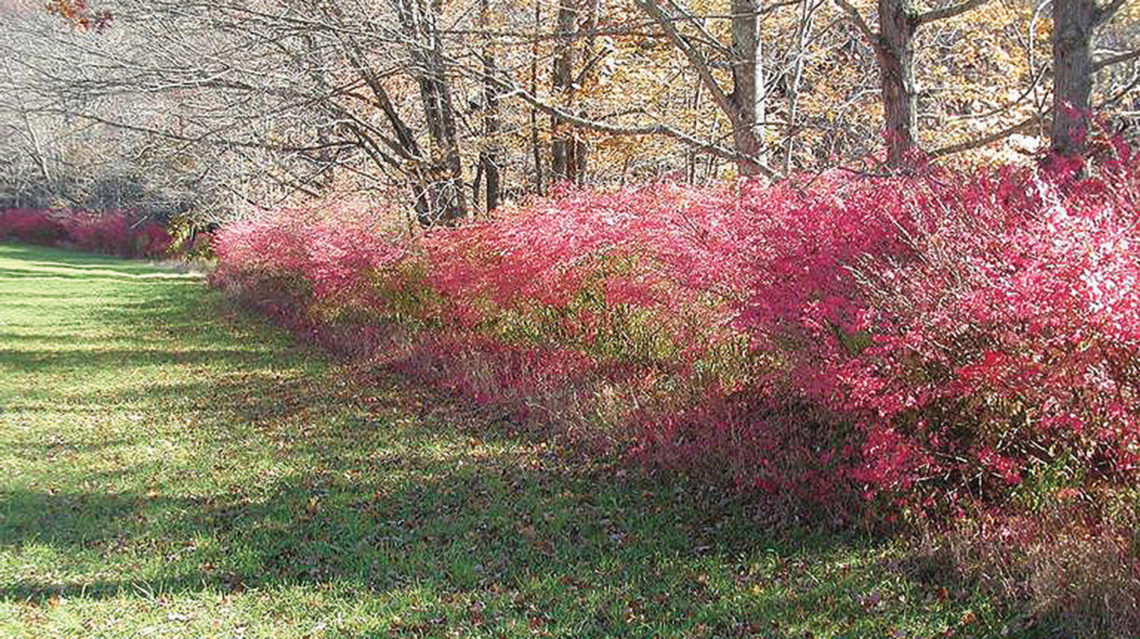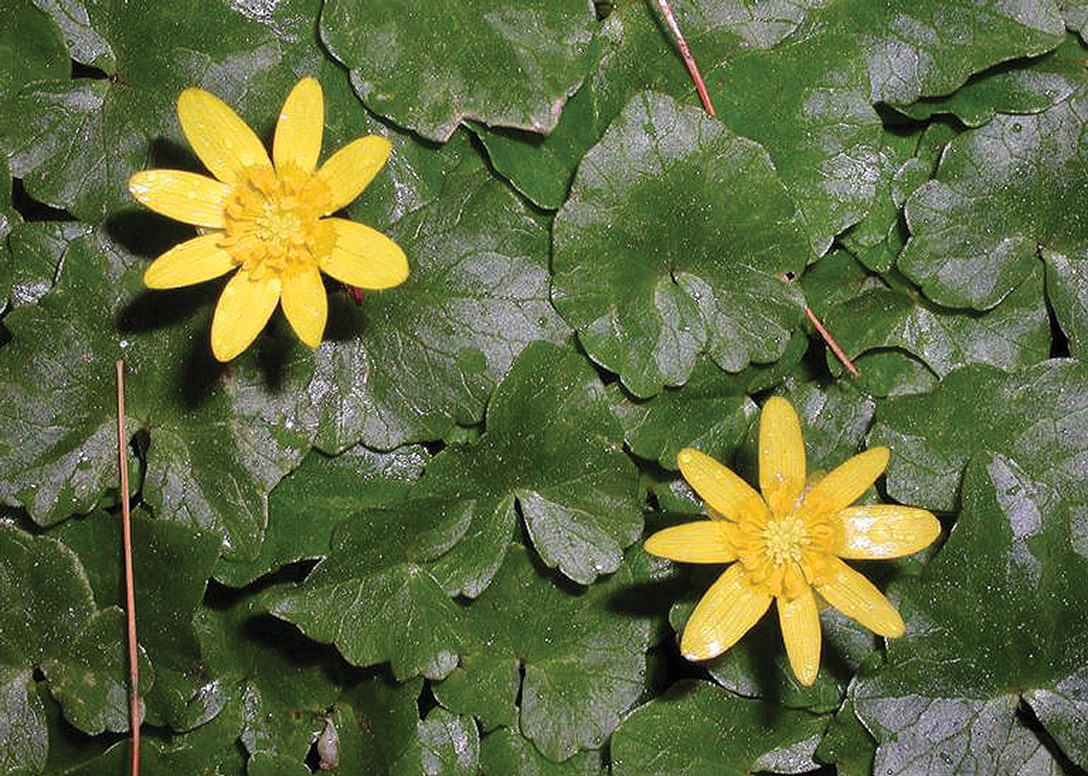MARCH-APRIL 2017 – Burning Bush or Winged Euonymus (Euonymus alatus) is yet another good-looking deciduous shrub that can be invasive if given the chance. When you look out into the forests of Connecticut in the fall and see an understory of red-leaved shrubs, they’re probably either burning bush or Japanese barberry (Berberis thunbergii). Like Japanese barberry, burning bush is on the state’s invasive plant list but is not banned, presumably because there are some cultivars that are less aggressive. Both plants are popular and, since they’re not banned, you’ve probably seen them installed in urban landscapes, most often in hedges and mass plantings. Native to eastern Asia, burning bush has…
-
-
The Good, The Bad and the Pretty – Invasive Fig Buttercup
JULY-AUG 2016 – There’s been a lot of buzz lately about fig buttercup, also known as lesser celandine and a bunch of other names. It’s been on Connecticut’s Invasive Plant List since the beginning, but we’ve been hearing more about it over the past year or so. You can check out the official list at the website of the Connecticut Invasive Plant Working Group at cipwg.uconn.edu Its botanical name used to be Ranunculus ficaria and it had the same genus name as buttercups. However, its name was recently changed to Ficaria verna. Fig buttercup’s yellow flowers, which may be darker in the center, have 6 to 26 (usually 8) petals.…

